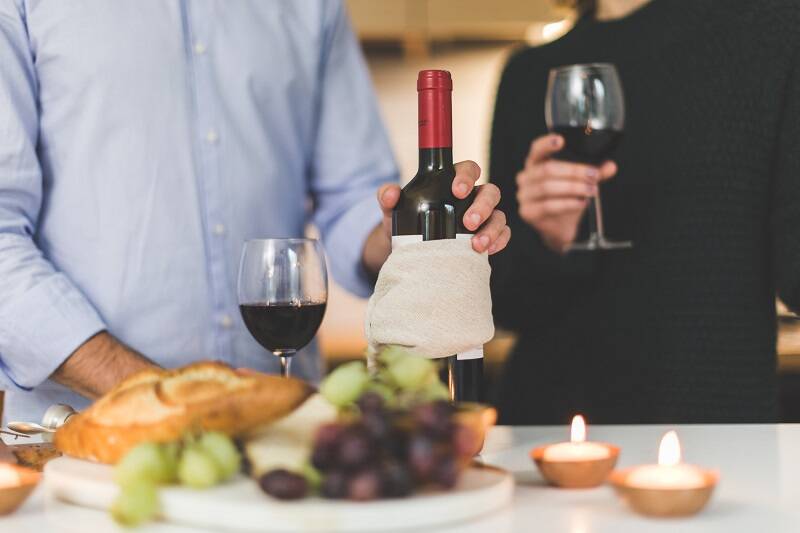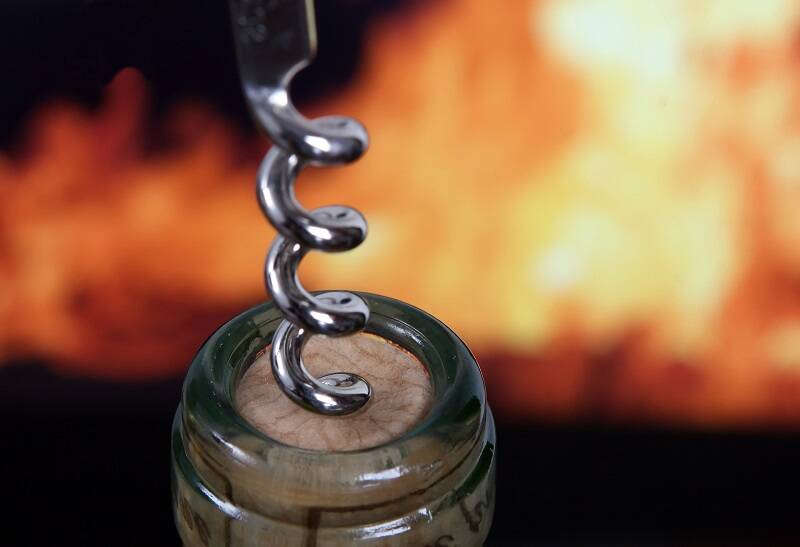Preparing an autumn full of wine
Get your personal wine cellar ready and take note of some suggestions to enjoy during the coming season.

As you can easily imagine, consumption at this time of year points towards wines with power and structure. Today we give you some ideas to start uncorking many of the wines that you still have in your cellars or pantries.
Winter gives way to delicious and, particularly rich dishes. These dishes urgently require a wine that will last the whole conversation, because if this were not the case and we were to turn to light wines, they would pass unnoticed, leaving us with a feeling of incompletion.
For decades, many Spanish winemakers have abused wood, a fact that prevented us from seeing beyond the effect of oak ageing, covering up all the interesting nuances that a good wine can show. Fortunately, this phenomenon is gradually disappearing and the uses of barrels and their influence on wine are more coherent today than they were a few years ago, although there is still a long way to go.
The barrel provides the wine with a solid skeleton. Used well, it is capable of supporting and intertwining important traits such as fruit, acidity and longevity. In many cases this ageing polishes and smoothes out certain rough edges in the wine. Many of us keep wines from long barrel-ageing in order to play with their ageing over time and to enjoy the tertiary nuances that this ageing can provide. This is a good time of the year to open some of these wines, as we will undoubtedly have many more opportunities to harmonise them with winter gastronomy.
When we talk about full-bodied wines, we are referring to areas which, due to their location, are more likely to produce this type of wine. It should be noted that there are always producers who, despite the area, move away from this structure and power in their eagerness to promote freshness, acidity and easy drinking.

As what we want is to sustain the consistency of dishes such as a cocido madrileño or cocido montañés, we recommend going to areas where the climate, variety or soils favour the production of these wines.
The continental climate, present in most of the Spanish plateau, offers important temperature contrasts between day, night, winter and summer. Wines born in an extreme continental climate usually offer a powerful fruitiness, more or less ripe, accompanied by a high alcohol content. In this sense Calatayud could offer us interesting options while allowing us to enjoy a variety that is not prone to overly structured wines such as Garnacha, but on warm slate soils, which favours greater ripening and greater muscularity in the wine. The diversity of soils in this area will also allow us to enjoy other interesting variations in its wines.
Ribera del Duero allows us to play with power without falling into excess, always bearing in mind the winemaker we are dealing with. Balance is everything in wine, so it is important to choose wines that favour the presence of fruit and at the same time retain a rich structure, something that unfortunately not all producers manage to achieve. There are an infinite number of options and the best way to guarantee a correct choice is to browse through our wine search engine, limiting your search to Ribera Del Duero, adding the filter of the crianza or reserva category and with a minimum score of 90 points. There is a wide and varied offer of wines that could perfectly be a good ally to get through the winter and that fit all budgets.

Toro, power at the service of wine: many great wines from the Toro DO have the credentials of a structured, robust and persistent wine. For this reason, it is worth dedicating a few gastronomic sessions to them in the coming months. The Tempranillo from the high plateau offers its most rebellious version in many of the wines made there, so it should be an option to take into account.
The Mediterranean can also combat the cold: in the Spanish Levante region it also has a lot to say. Bobal, monastrell and cariñena offer infinite possibilities in growing areas such as Priorat, Montsant, Utiel - Requena, Manchuela, Alicante, Valencia, Jumilla, Yecla and Bullas. There are an infinite number of possible options. The Monastrell from Murcia and Alicante have many examples of full-bodied and structured wines that will match perfectly at the table. Many Catalan DO's also have a rich offer of wines in this sense, some more subtle and elegant and others more untamed. The winemaker has a great influence on the final style of the wine, so it is always advisable to look at the description of the wine by our tasters in the Peñín Guide and identify the nuances that are closest to the style we are looking for.
Whatever the area, it is a good time of the year to bring out the most muscular wines. Winter plays in our favour and although we are still recovering from the Christmas season and its big meals, we are sure to find many occasions to uncork these wintry wines.
Get your personal wine cellar ready and take note of some suggestions to enjoy during the coming season.
Today we have set out to bring you the six wineries that have produced the best sparkling wines in Spain in the latest edition of our Peñín Guide 2022.
At Peñín we are already focusing on the 2025 Guide, which begins its tasting tour this January to reach October with the most complete Guide to Spanish wines in the world.